The Comet Goldfish is a fascinating and rewarding pet for aquarists who are willing to meet their needs. Here’s a summary of key care guidelines and what makes them so unique:
Origins and Overview
- Developed in the 1880s as a selectively bred variant of the common goldfish.
- Known for their graceful forked tails and striking coloration, they have become a staple in tanks, ponds, and even carnivals.
Lifespan
- Average lifespan: 10–20 years, with proper care.
- Lifespan can extend further with optimal water conditions, a nutritious diet, and ample space.
Appearance
- Size: Up to 12 inches in length, depending on habitat size.
- Tail: Long, flowing, and forked, giving them their “comet-like” appearance.
- Colors: Common colors include yellow, orange, white, and red. Sarasa Comets feature a white body with red spots.
Care Requirements
Tank and Habitat
- Minimum tank size: 40–50 gallons for a single fish; larger is better. Add 50 gallons per additional fish.
- Preferred environment: Large tanks or outdoor ponds (e.g., 75+ gallons for indoor tanks).
- Substrate and decor: Gravel substrate, plenty of live plants, and hiding spots like rocks or decorations.
- Active swimmers: Need open areas to swim, so avoid overcrowding.
Water Parameters
- Temperature: 65°F–70°F (cool water species).
- pH: 6.0–8.0 (ideal: 6.5–7.5).
- Hardness: 5–19 dKH.
- Ensure adequate oxygenation with air stones, fountains, or waterfalls in ponds.
Filtration
- High filtration capacity required to handle their waste. Use a canister filter (like the Fluval FX4) for tanks or robust pond filtration systems.
Diet
- Omnivores: Thrive on a mix of high-quality dried food, live/frozen protein (bloodworms, insects), and vegetables (peas, lettuce, broccoli).
- Feeding frequency: 2–3 times daily; only as much as they can eat in 2 minutes.
- Avoid overfeeding to prevent bloat and maintain water quality.
Behavior
- Peaceful, active swimmers.
- Known for building bonds with owners and recognizing their environment.
- Can be aggressive feeders, so monitor during feeding time.
Tank Mates
- Choose tank mates that tolerate cooler water and aren’t small enough to be eaten.
- Good options:
- Shubunkins
- Dojo Loaches
- Zebra Danios
- Koi
- Black Skirt Tetras
- Guppies
Breeding
- Requires large spaces like ponds.
- Females can lay up to 1,000 eggs, often necessitating a separate breeding tank.
- Trigger breeding by simulating spring conditions: gradually raise water temperature to 70°F.
- Remove eggs after spawning to prevent parents from eating them.
Common Health Issues
- Protozoan diseases (e.g., Ich): Triggered by poor water quality or stress.
- Fin Rot: Bacterial infection affecting fins; treatable with antibiotics.
- Swim Bladder Disease: Affects buoyancy; causes include bacteria, constipation, or dietary issues.
Final Tip: While Comet Goldfish are hardy, they require attentive care and a well-maintained environment to reach their full potential. If you’re ready for the commitment, they can be a stunning and interactive addition to your aquatic family!

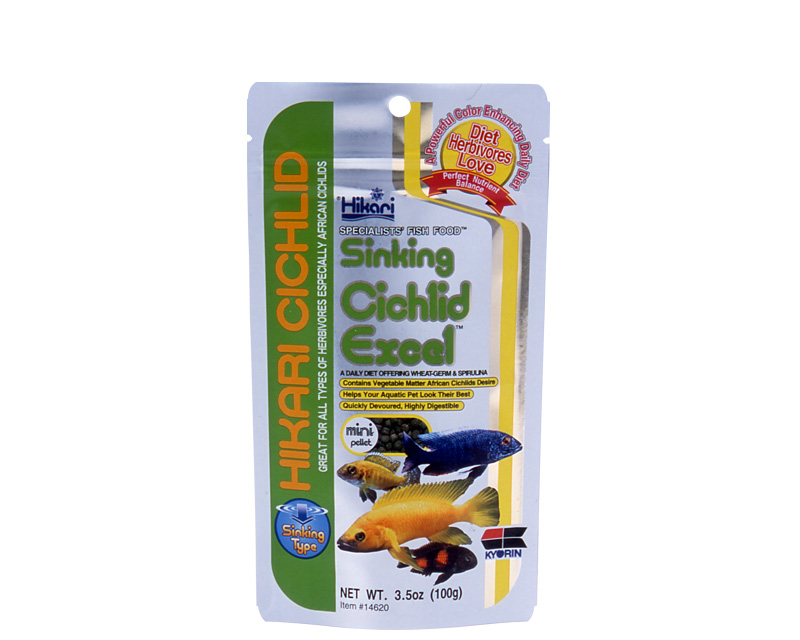

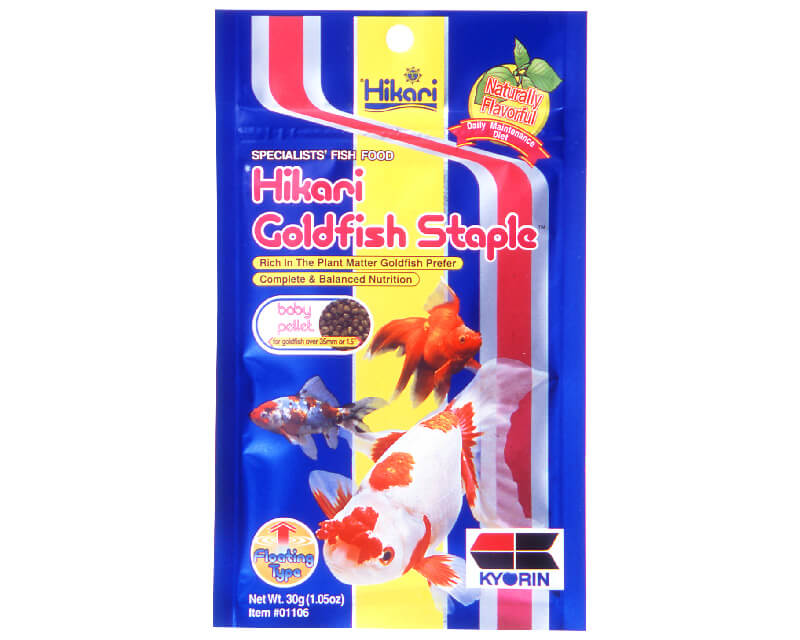
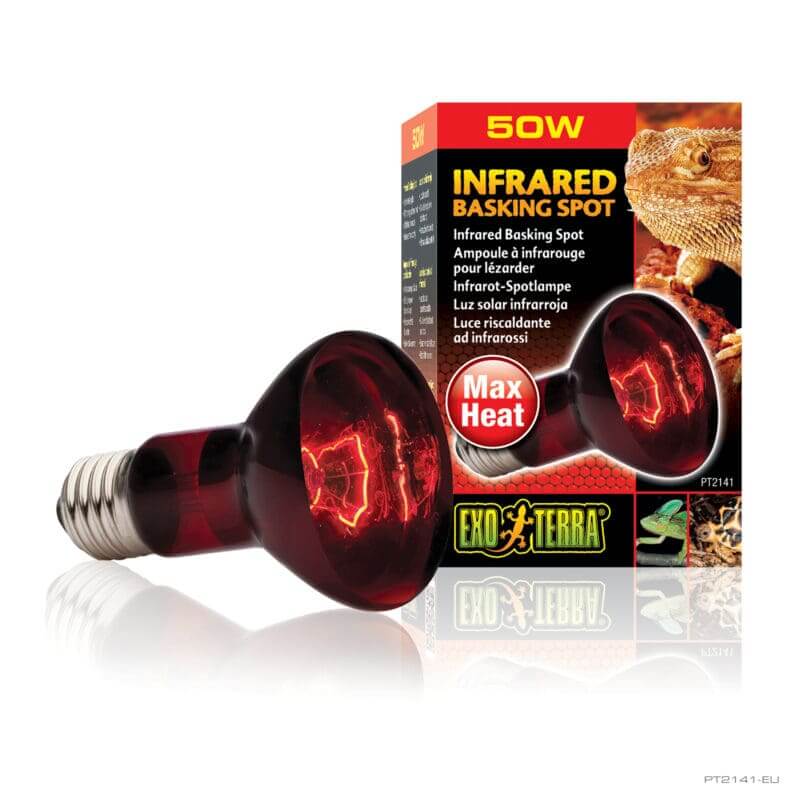
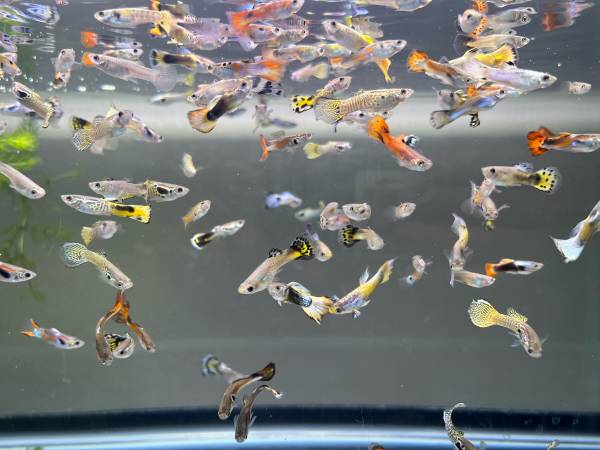
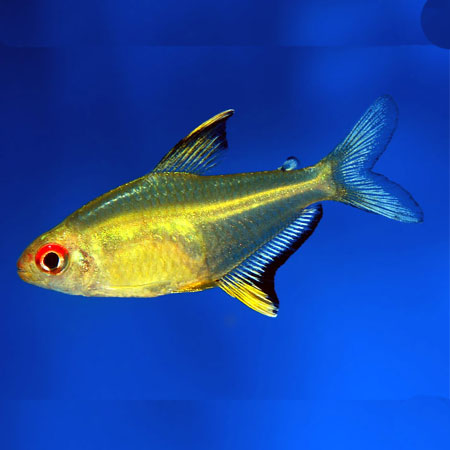

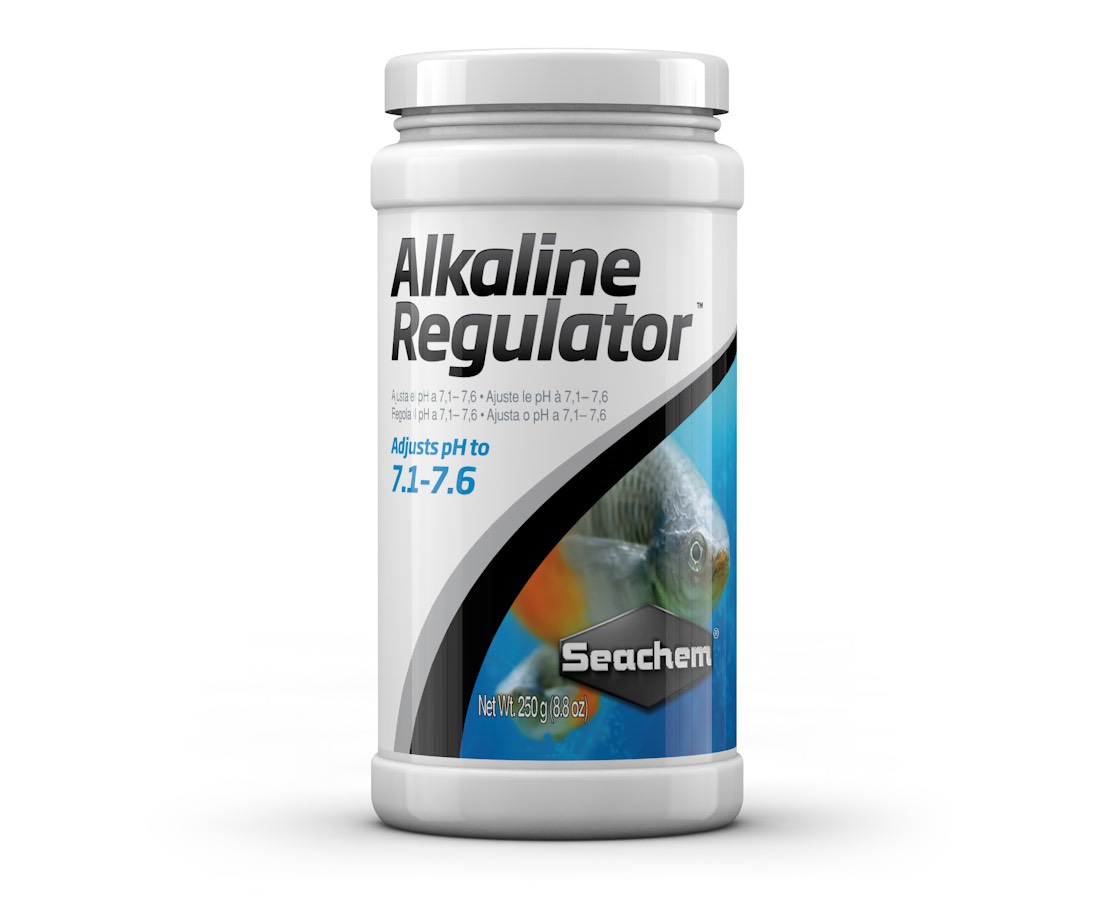
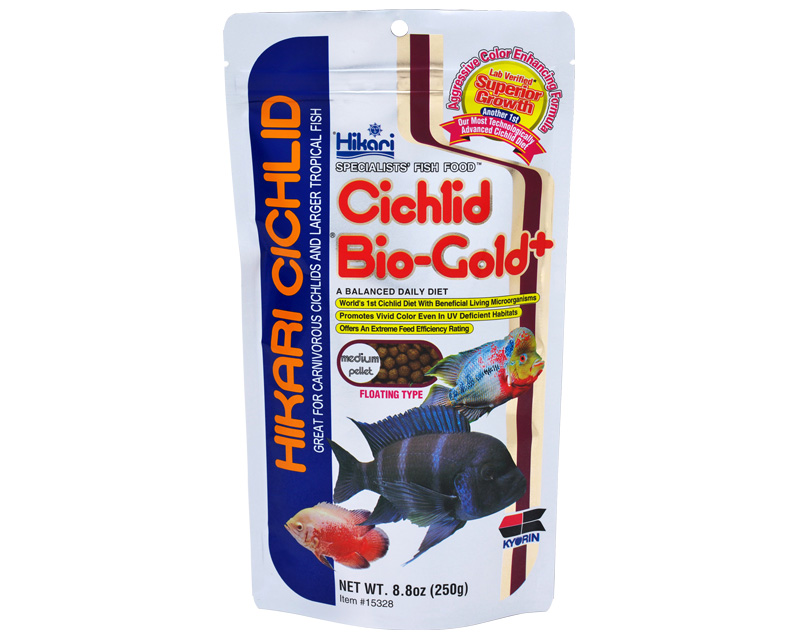

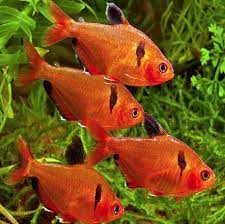


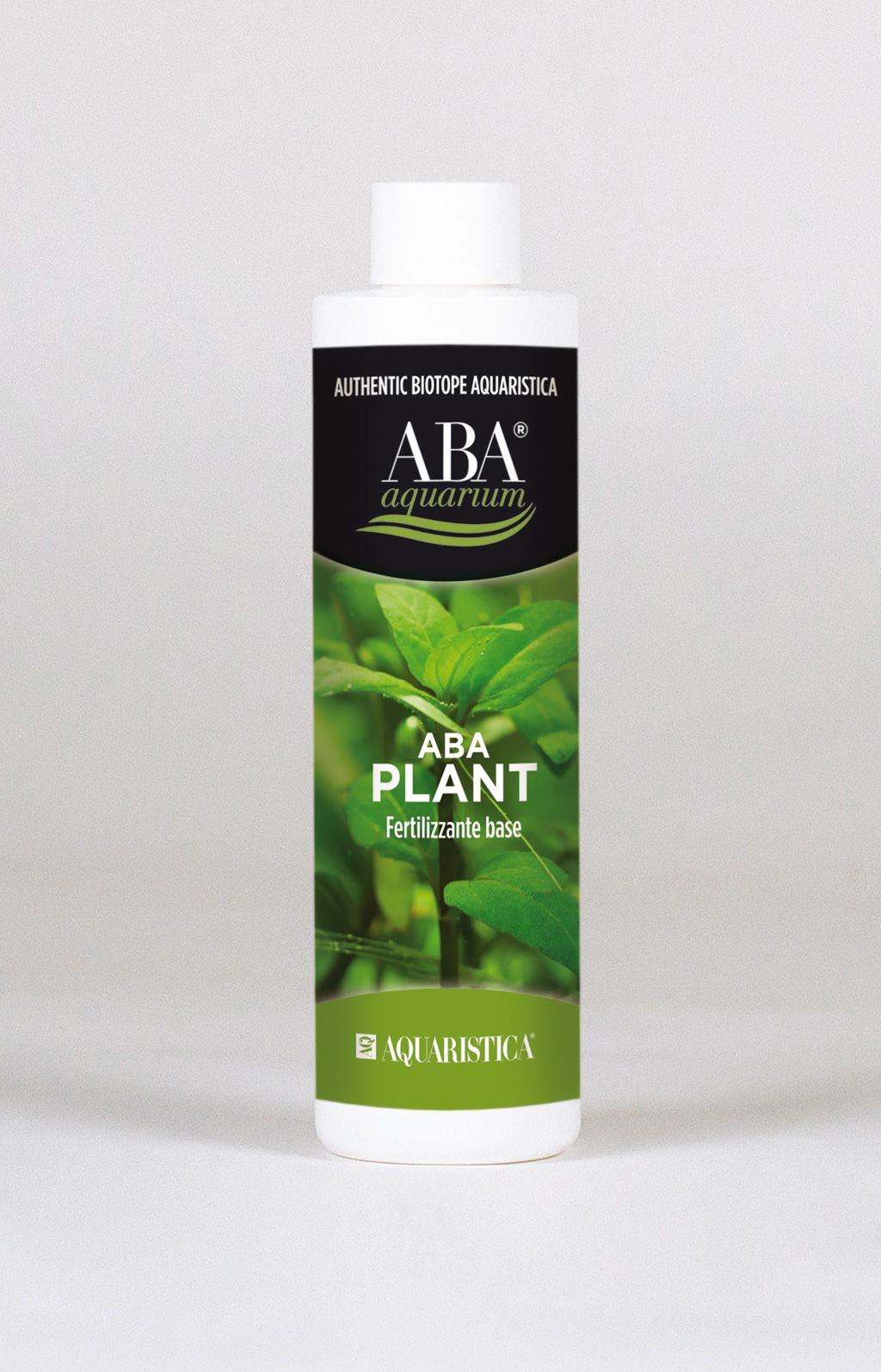



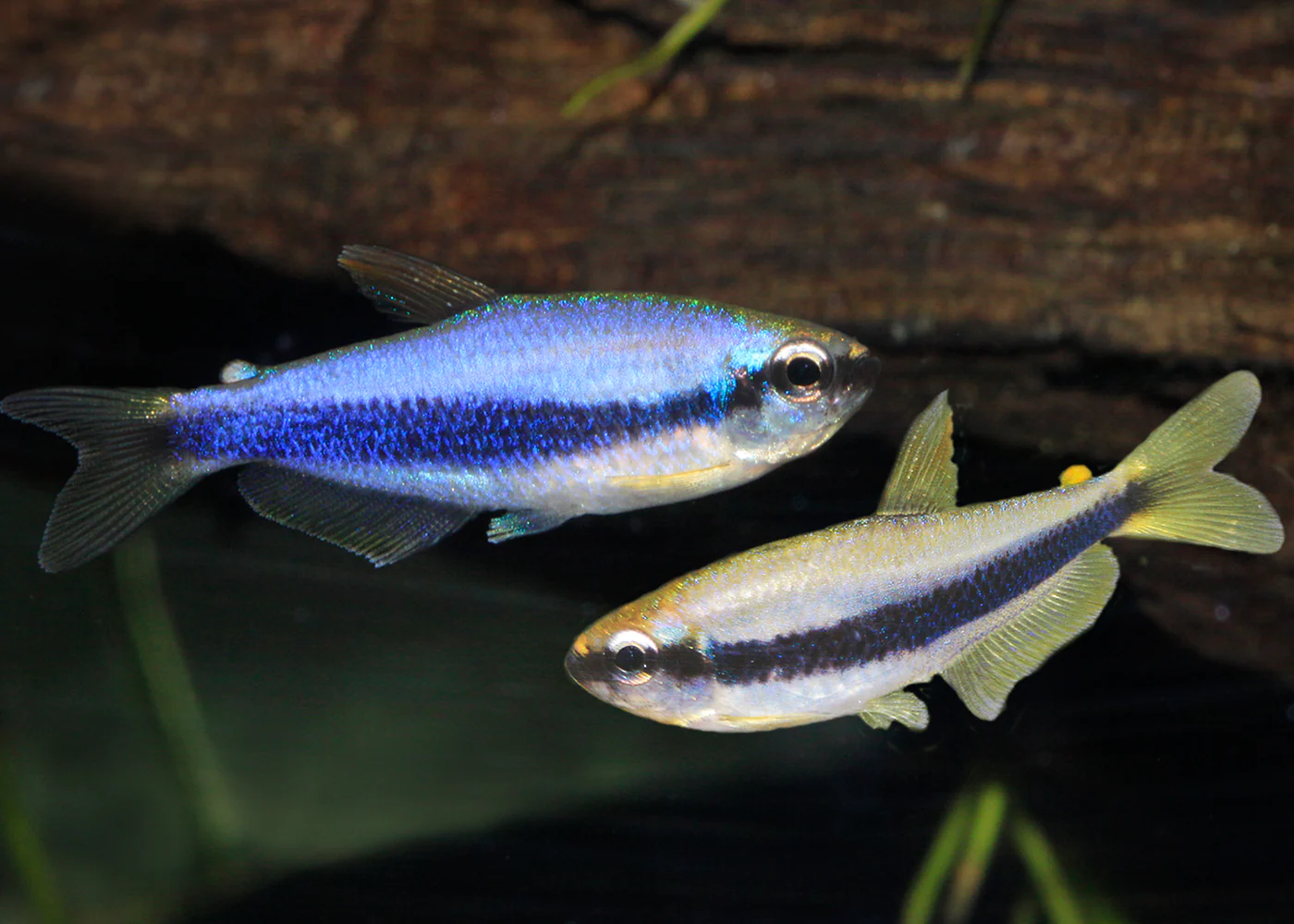
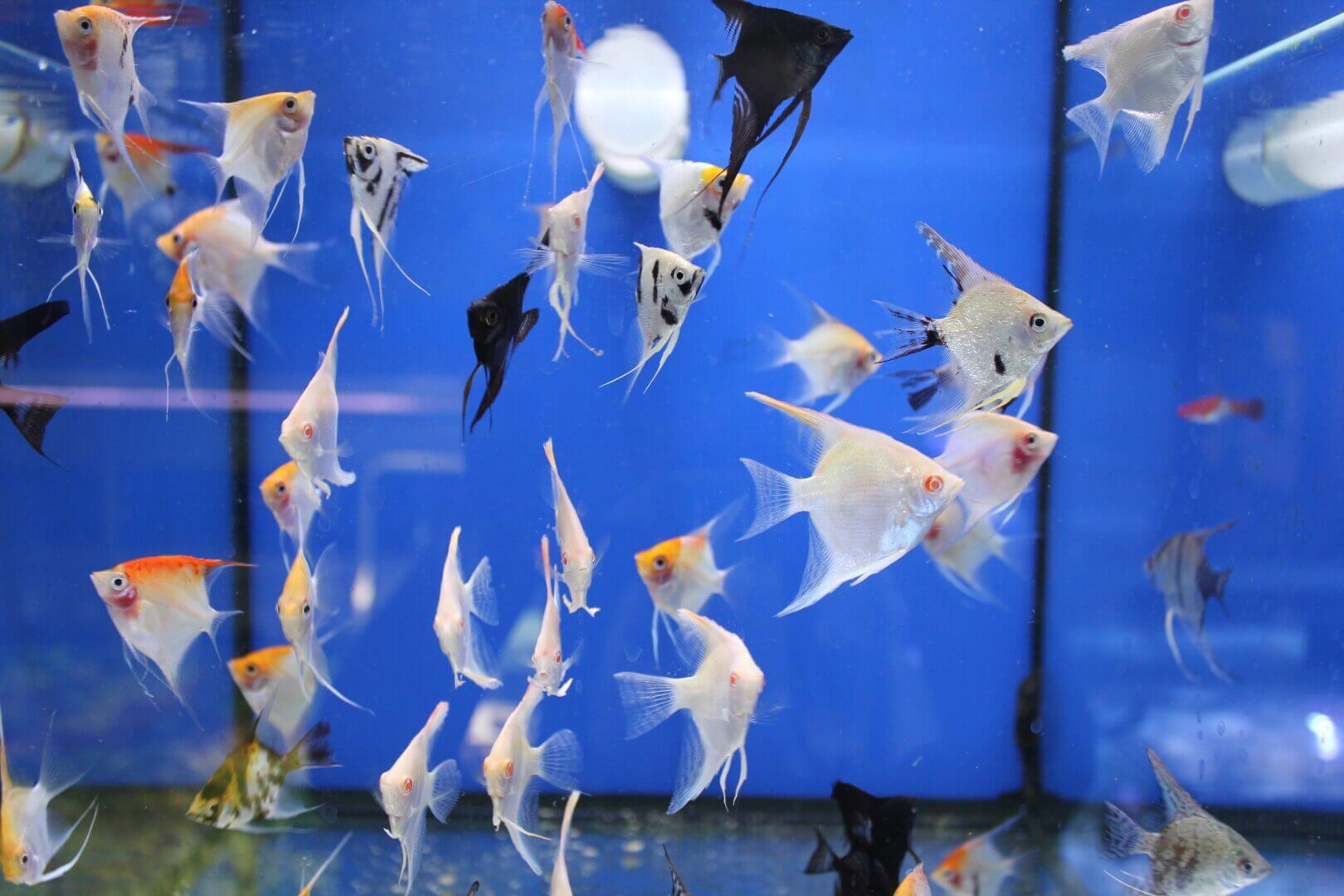

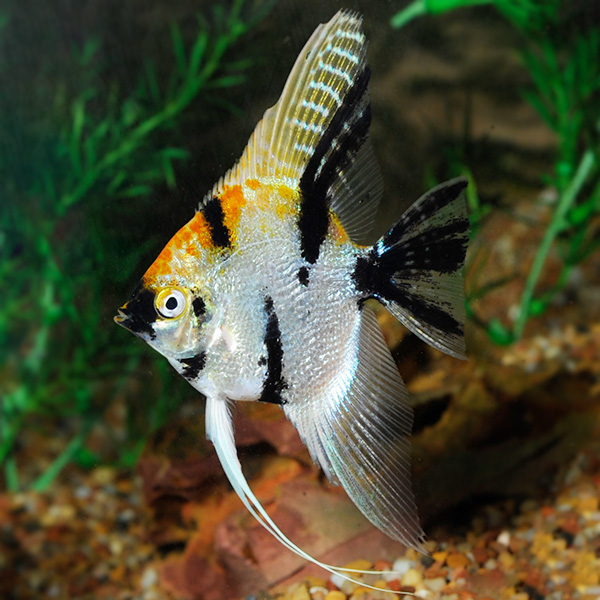
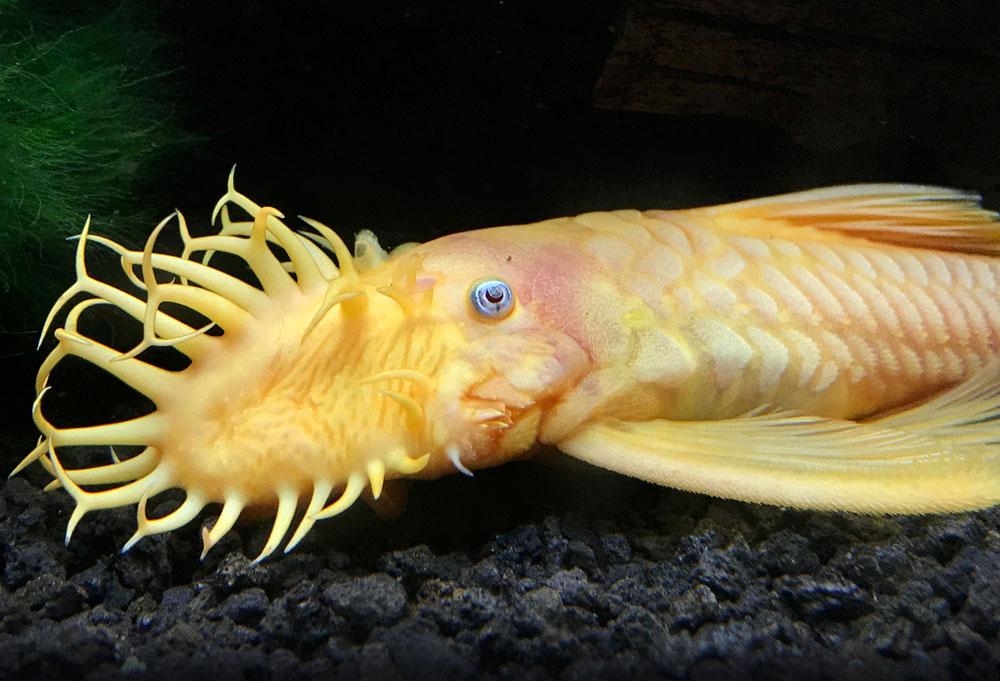
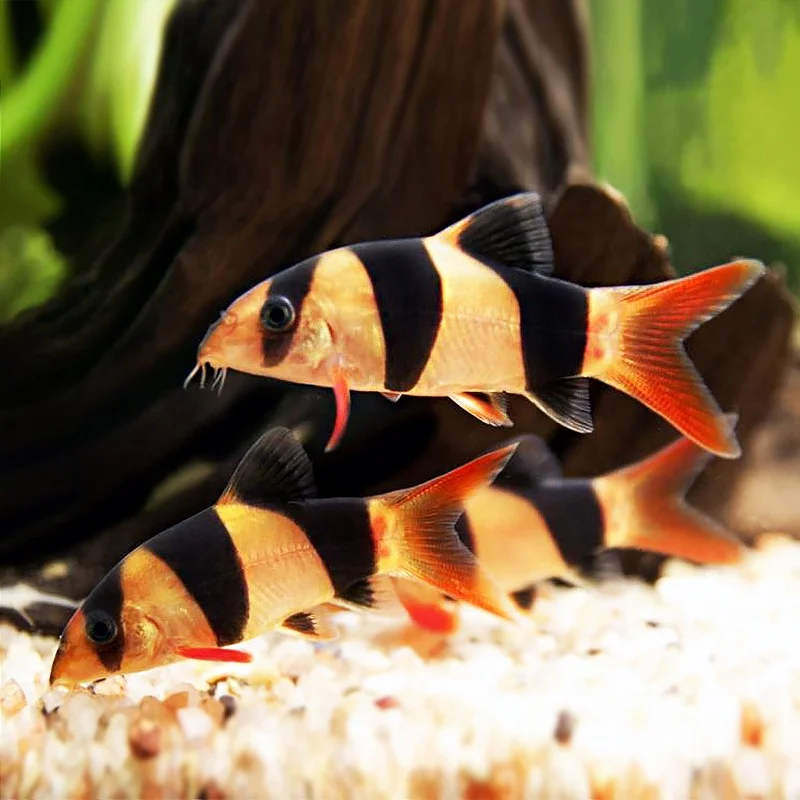
Reviews
There are no reviews yet.